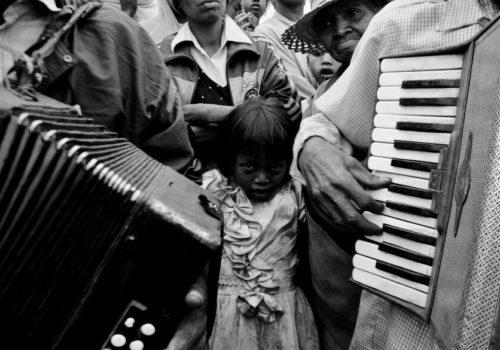Commonly but incorrectly nicknamed “turning of the dead”, it is the best known and most impressive Malagasy ceremony. It is a question of recalling the deceased to the good memories of the community, of taking advantage of his presence to ask him for advice or protection, then of making his return to the afterlife more comfortable.
The women weave new lambamena (red silk shrouds, now raw) which replace the original ones.
On the appointed day, the family and all the guests gather around the tomb: they open it, take out the ancestor in tatters and a few others at the same time. We change the lamba of the dead, with gestures of sweetness and tenderness.
Then comes the time to celebrate the ancestor: in small groups, in turn, all the zanadrazana carry the body of the deceased in a syncopated dance, made back and forth around the tomb. An orchestra, mpihira gasy, takes over the festivities, to which all the guests are invited: we share the pig or the zebu sacrificed for the occasion, we dance, we drink, we laugh… And it can last until ‘to 2 or 3 days, at the end of which the body returns to the tomb. In the meantime, the deceased rests on an altar built for the occasion.
The famadihana ceremony, specific to the Highlands (Merina, Betsileo), exists in other forms among other ethnic groups (Bara, Betsimisaraka, Sakalava, Mahafaly…). Strictly speaking, the dead is never returned, but it can be the subject of a toilet, a transfer from a temporary tomb to a permanent location. In all cases, it is a question of comforting the deceased and ensuring his support by celebrating him with jubilation, but also by rocking him with caring whispers.
Rémy Pinaton
This article is reserved for subscribed members only. If you are already a member, you can log in here below.
Subscribe for full access to The Eye of Photography archives!
That’s thousands of images and articles, documenting the history of the medium of photography and its evolution during the last decade, through a unique daily journal. Explore how photography, as an art and as a social phenomenon, continue to define our experience of the world. Two offers are available.
Subscribe either monthly for 8 euros (€) or annually for 79 euros (€) (2 months offered).
















